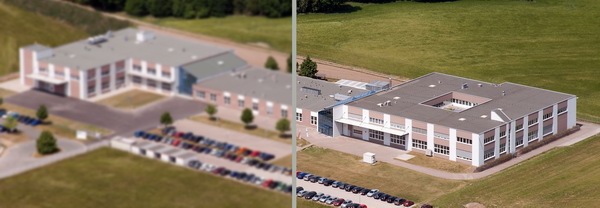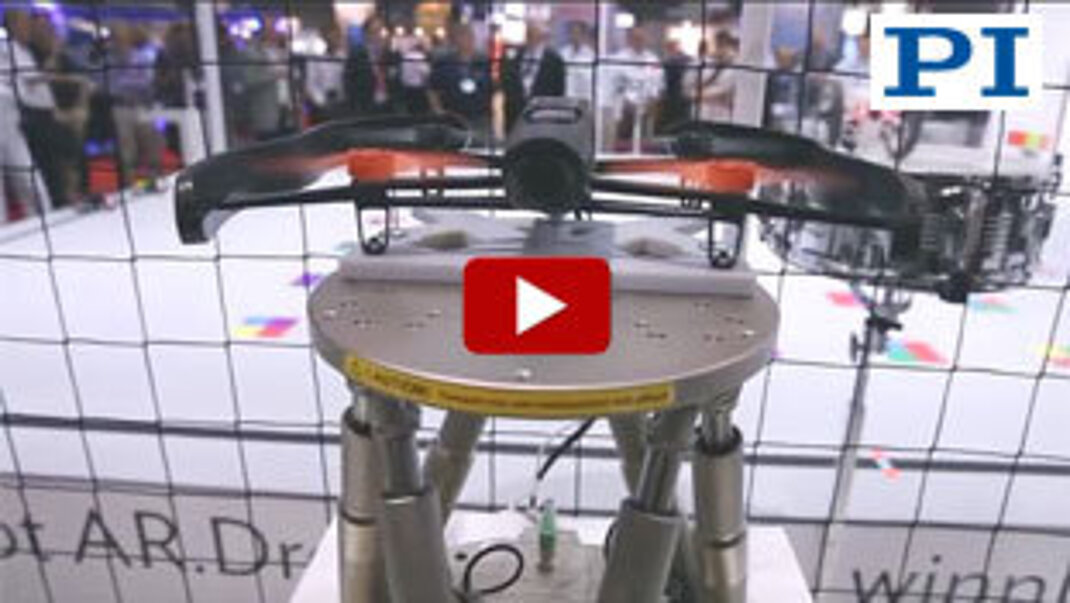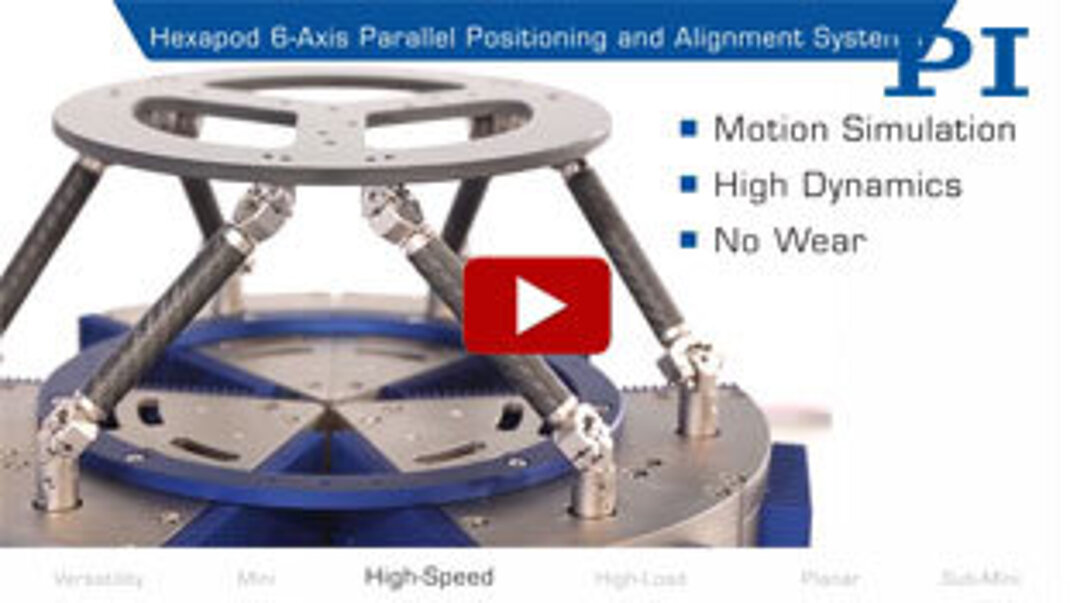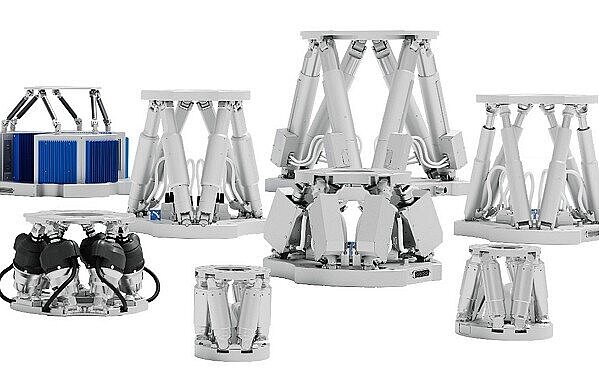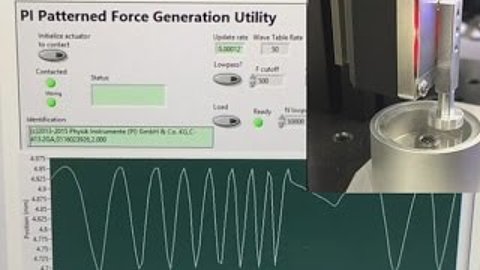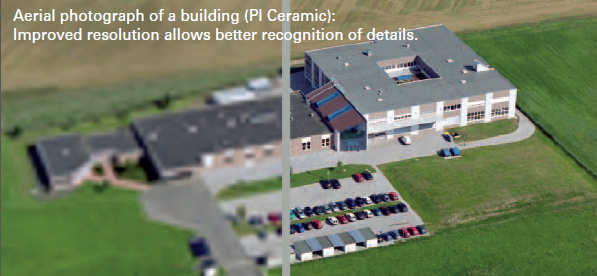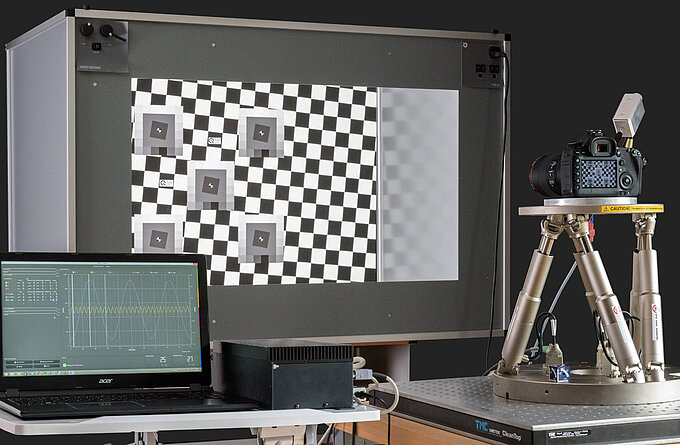The human brain can do amazing things when it comes to image processing. Everyone who has taken video while running or just walking has made that experience. Our brain filters out all the jitter and shake and plays back a reality that is more virtual than real.
For the longest time since the inception of the camera, analog and digital image recording technology has been overwhelmed by motion and vibration.
Modern image stabilization technology to the rescue
There are two basic ways to compensate for unwanted motion – electronic algorithms (basically shifting images around in software) and active opto-mechanical motion compensation systems. Both have come a long way and modern compact cameras and even cell phone cameras show remarkable results.
One way of taking these algorithms and mechanisms to the next level is automated motion simulation and testing. Because unwanted motion is not restricted to one or two degrees of freedom, hexapod 6-axis motion systems provide the most comprehensive basis for testing.
Hexapod Product Examples Overview
In addition to image stabilization testing, the hexapod can also be used to simulate turbulence and tweak on-board stabilization algorithms for the drone.
Motion simulation is one application, and motion cancellation is another one. For example, large movie cameras, or sensitive instruments that travel moving vehicles or marine vessels sometimes need to be held stable in a horizontal position. The hexapod can provide this service, too. Different drive types are available for different loads, forces and frequencies.
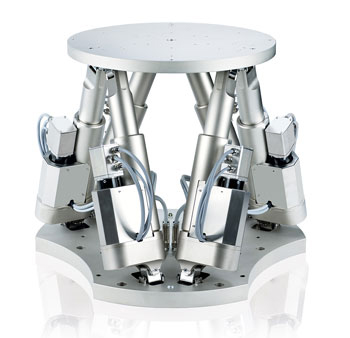
Blog Categories
- Aero-Space
- Air Bearing Stages, Components, Systems
- Astronomy
- Automation, Nano-Automation
- Beamline Instrumentation
- Bio-Medical
- Hexapods
- Imaging & Microscopy
- Laser Machining, Processing
- Linear Actuators
- Linear Motor, Positioning System
- Metrology
- Microscopy
- Motorized Precision Positioners
- Multi-Axis Motion
- Nanopositioning
- Photonics
- Piezo Actuators, Motors
- Piezo Mechanics
- Piezo Transducers / Sensors
- Precision Machining
- Semicon
- Software Tools
- UHV Positioning Stage
- Voice Coil Linear Actuator
- X-Ray Spectroscopy

